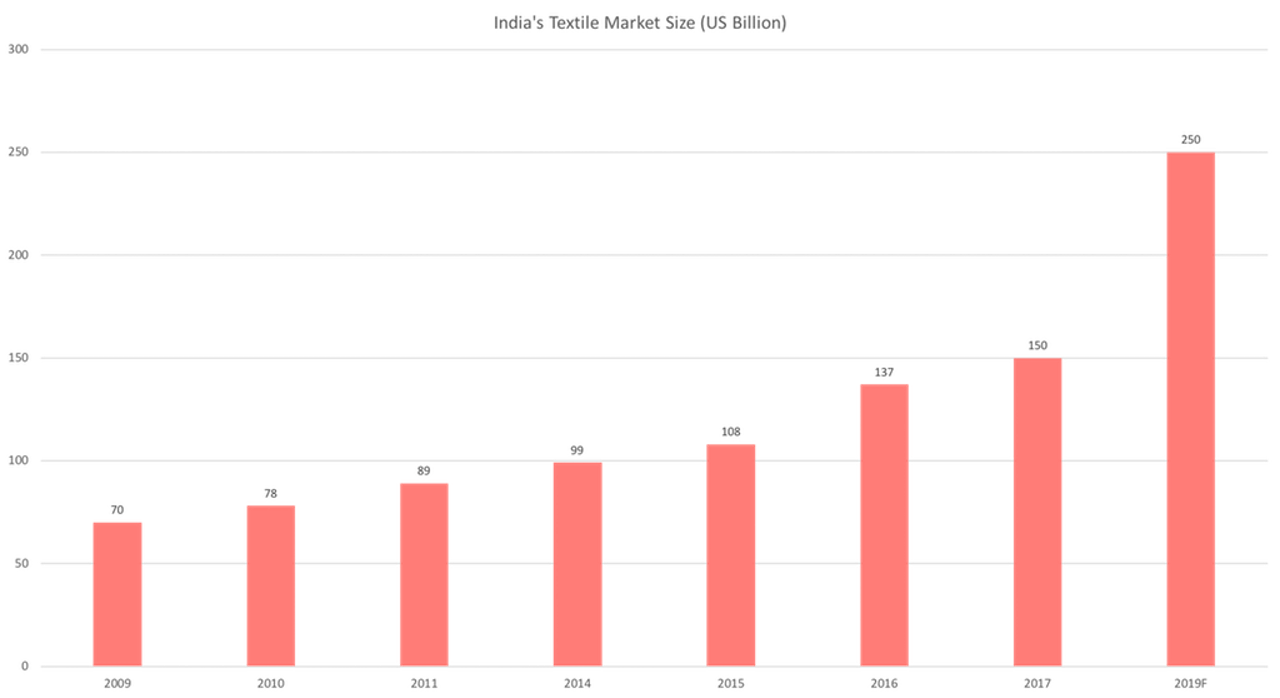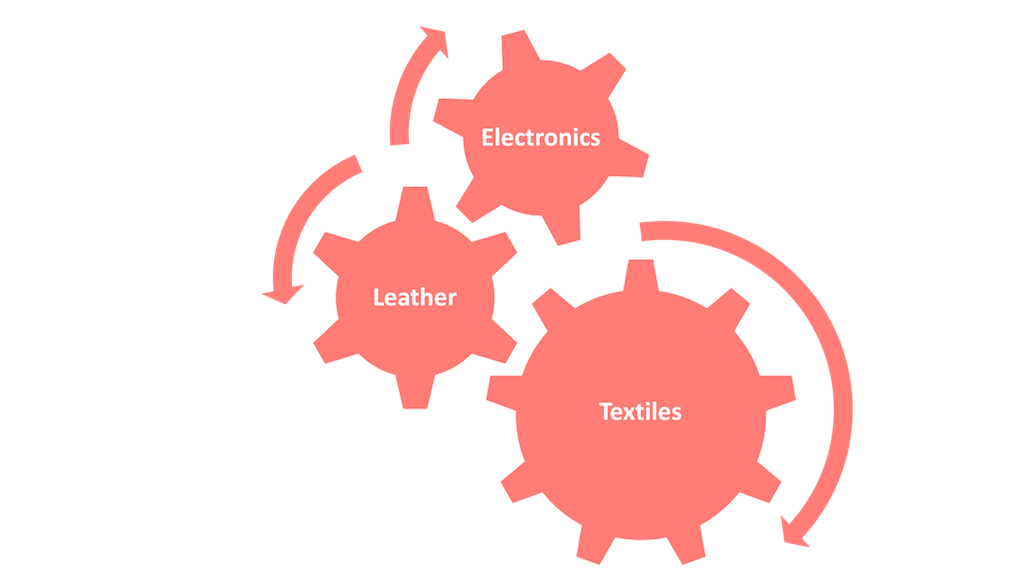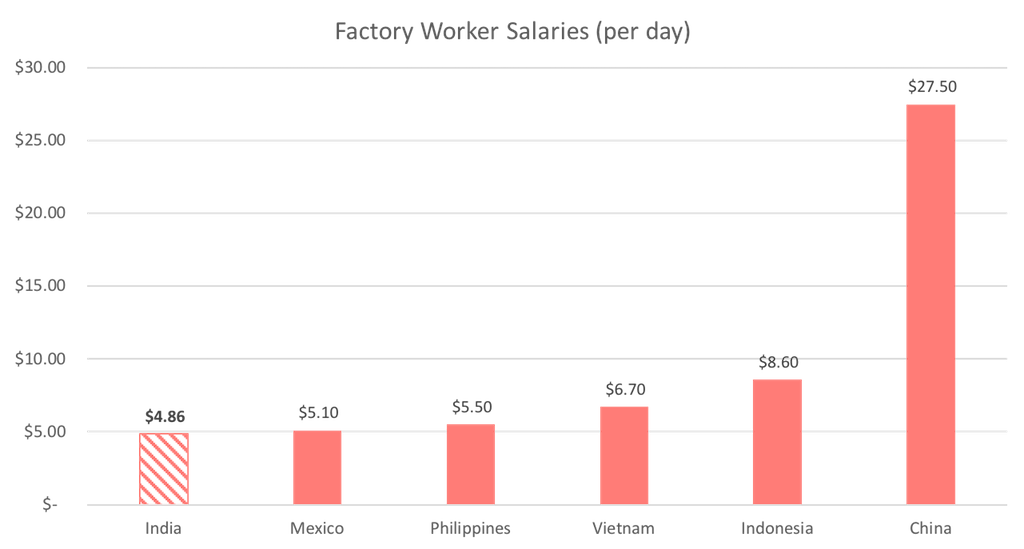Country Overview
For businesses looking to join eCommerce with a competitive advantage, one of the best things to do is find a manufacturing sector that isn’t saturated with international businesses. In India, the manufacturing sector has evolved from its earlier stages of industrialization to its current phase of global competitiveness, making it a great location for newer, smaller businesses to manufacture.
Before it becomes overrun by foreign brands, now is the time to connect with manufacturers, gain access to the advancing production capabilities, and start creating relationships with the suppliers for better rates down the road.
Want to Learn How to Launch a Six Figure Product?
The manufacturing sector in India is progressing largely due its location nearby the export giant, China. China remains the largest exporter of goods to India, sending textile materials, plastics and rubber precious metals to suppliers. The trade reliance on China for raw materials continues to impact the growth of India’s textile industry, but the nation is also becoming less dependent as production of raw materials starts to rise. For example, cotton production is forecasted to increase by 9.3 percent YoY.
The Indian textile industry is only second in size to China. More than 50 percent of India’s textile exports are cotton based, but suppliers also manufacture synthetic fabrics, wool, and silk. The textile sector is one of the oldest industries in India, so Indian suppliers differentiate by implementing antiquated, quality-focused techniques in the production of goods like knitted custom clothing garments.




